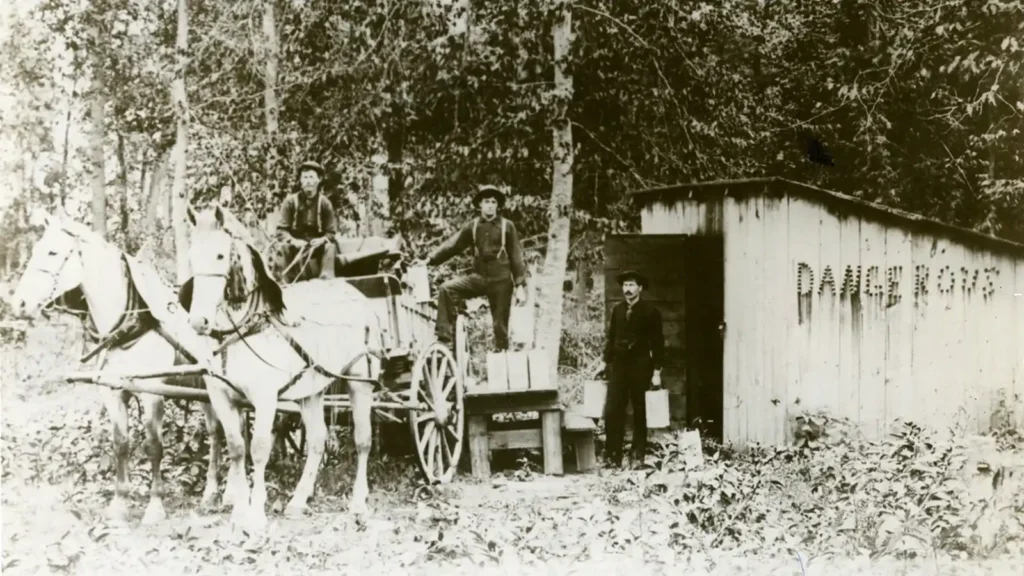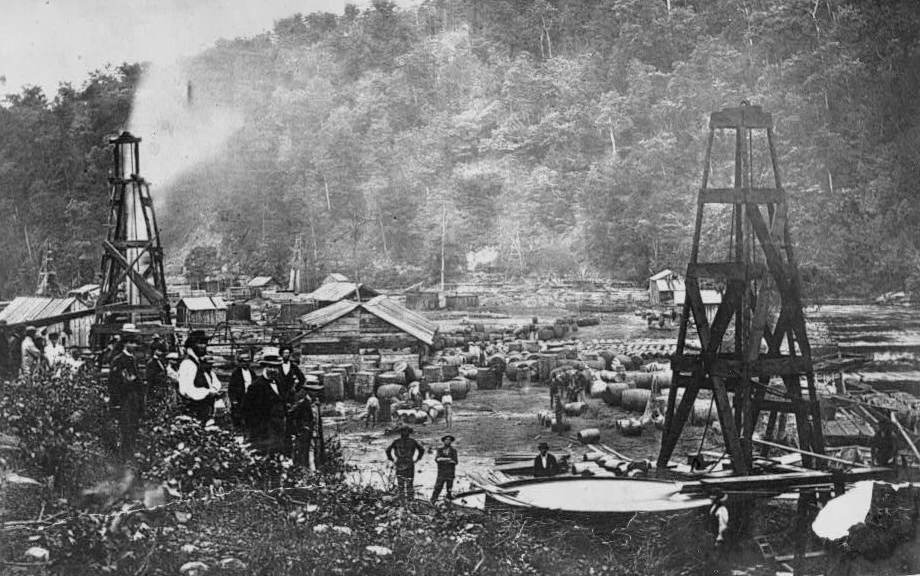TL;DR: In the spring of 1872, one P. H. Burchfield returned to Oil City with news that stirred interest across the Pennsylvania oil region: promising petroleum seeps had been discovered in the “Indian Territory.” Working on behalf of the St. Louis Oil Company, Burchfield had traveled deep into Chickasaw and Choctaw lands, where oil bubbled from fissured rock and pooled in the hillsides—much as it once had in western Pennsylvania. His account, originally published in the Oil City Register, offers a vivid glimpse into one of the earliest oil prospecting ventures beyond the Appalachian basin.
Petroleum in the Indian Territory
Petroleum Centre Daily Record, May 4, 1872

Our fellow townsman, P. H. Burchfield, Esq., returned home last evening from an extended visit to the Indian Territory, having been absent several weeks. Mr. Burchfield was engaged some time since by the St. Louis Oil Company, who have leased of the Indians some 7,000 acres of land located in the territory, to prospect the new oil fields for them.
The lease of the company has been sanctioned by the United States government. Starting from St. Louis, the party consisting of Mr. Burchfield and several members of the company went by rail to Norfolk, Choctaw County, and there took stage to New Boggy Depot, and from there to the residence of Ex-Governor Colbert, at Oil Springs, Chickasaw County. This was the headquarters of the party.
The party visited the several counties of the territory. The country, Mr. Burchfield states, is the garden spot of the continent—rich in iron, cannel coal, copper, lead, gold, granite, and marble. The oil lands of the company are located between Boggy Depot and Fort Sill, in Chickasaw and Choctaw Nations. The surface of the country is broken and hilly. At Oil Creek, Chickasaw Nation, the principal petroleum deposits are found. The oil comes to the surface and runs out of broken rock in the hills. It is gathered by the Indians in the same manner as practiced in early days in this section.
The specimen of surface oil brought home by Mr. Burchfield is a beautiful dark green, of about twenty-seven degrees gravity. The rocks presented an appearance of upheaval at some remote period, by earthquake or other cause. By introducing a stick in the fissures of this rock, gas and oil bubbles forth freely. Sinking a stick in the ground is followed by the same results. The rock is a hard white sand, limestone, and slate. This latter seems on edge, while the sandstone and limestone lies flat. Occasional ledges of granite and fine marble is also found. From the surface indications, Mr. Burchfield is satisfied that developments will lead to the discovery of an oil field as productive as our own.
The distance from the oil fields to the Missouri, Kansas, and Texas Railroad is about forty miles, which road is being completed as fast as possible.
Mr. Burchfield will return in ninety days, having contracted to drill three wells for the company. Mr. Burchfield was highly pleased with the country and people.
— Oil City Register
